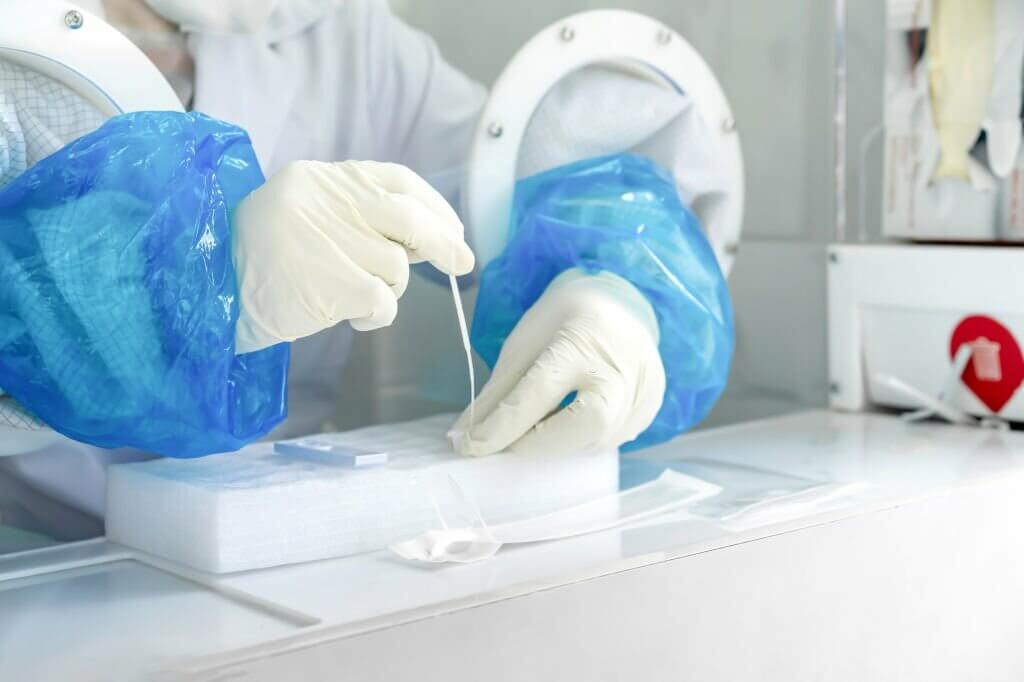News and Blogs
Your Ultimate Handbook on Specimen Collection Swabs

Specimen collection swabs are essential medical devices used to collect samples from patients for diagnostic testing and analysis. The type of swab utilized depends on factors such as the sample location, required sterility, and type of testing to be performed. Proper swab selection and handling is critical to ensure optimum specimen quality and integrity.
Regulatory Requirements
All specimen collection swabs are classified as medical devices and must be included in the Australian Register of Therapeutic Goods (ARTG) before they can be legally supplied within Australia. The Therapeutic Goods Administration (TGA) prioritizes and expedites approval applications for swabs related to COVID-19 testing.
Device classifications determine the level of regulatory requirements for ARTG inclusion. Swabs are classified based on properties such as sterility, measurement capabilities, manufacturer’s intended use, and certifications held. Higher device classifications necessitate more stringent conformity assessments before market authorization is granted.
Common Swab Classifications:
- - Class I, Non-Sterile, Non-Measuring: Non-sterile swabs intended for oral or nasal use.
- - Class I, Sterile: Sterile swabs intended for oral or nasal use. The entire pack must be sterile, including any transport media.
- - Class IIa: Swabs intended for surgically invasive use, like wound sampling.
- - Class 1, IVD: Swabs with viral transport media, depending on the manufacturer’s stated intended use.
Swab Materials and Design
Cotton, rayon, polyester, and nylon are common materials used in swab manufacturing. Calcium alginate and wooden shaft swabs should never be used for COVID-19 testing as they can inactivate viruses and inhibit PCR analysis. The CDC recommends synthetic fiber swabs with thin plastic or wire shafts for optimal specimen collection and testing sensitivity.
Flocked swabs are coated with flexible nylon strands allowing enhanced specimen collection and release. Foam swabs also efficiently absorb and elute patient samples. Ergonomic handle designs improve sampling of hard-to-reach areas.
Sterility
Sterile swabs are mandatory for anyinvasive specimen collection such as wounds or sterile body sites. Sterility reduces the chance of contaminating the patient sample or introducing infection. Swab kits should maintain sterility through point-of-care use.
Transport Media
Transport media maintains the integrity of patient samples until laboratory analysis by preserving organisms, preventing overgrowth and evaporation. Common medias include saline, viral transport medium (VTM), and Amies gel with or without charcoal. Compatible transport media should be included with swab kits to stabilize specimens during transport and storage.
Specimen Collection
Proper swab selection depends on the desired sample type and location on the patient. Common sampling sites include:
- - Nasal - Search for nasal swabs with minitip designs to access the nasopharynx and collect quality respiratory samples containing potential pathogens.
- - Oropharyngeal - Use oral swabs to sample the posterior pharynx and tonsils to test for respiratory illnesses.
- - Cervical - Long handled cervical swabs efficiently collect samples from the endocervix for STI testing.
- - Vaginal - Vaginal swabs have an angled tip allowing easy sampling of vaginal canal secretions.
- - Rectal/Fecal - Flocked rectal swabs reliably collect fecal samples for enteric bacteria testing.
For COVID-19 testing, the CDC recommends collecting only a nasopharyngeal swab, or combining nasal and oropharyngeal swabs into one tube to maximize testing sensitivity.
Proper Handling
Swabs contaminated by improper handling can lead to inaccurate test results. Always grasp the swab shaft rather than the tip when collecting, placing in media, and extracting the sample. Use fresh gloves when handling each new swab. Transport swabs to the laboratory promptly at the appropriate temperature.
Regulatory Updates
In times of critical need like the COVID-19 pandemic, regulatory agencies expedite market authorization for essential swabs and testing kits. However, manufacturers must still provide data ensuring the safety and performance of their devices. Regulators also monitor product issues and can restrict swabs if significant problems emerge.
Therefore swab-based specimen collection is a foundational technique in modern medical diagnostics. When manufactured and used properly, swabs grant clinicians and laboratories access to high quality patient samples, leading to accurate test results and life-saving treatments. Careful attention must be paid to swab selection, handling, and regulatory compliance to maximize clinical utility.
Click to View → Mantacc Specimen Collection Swab System






